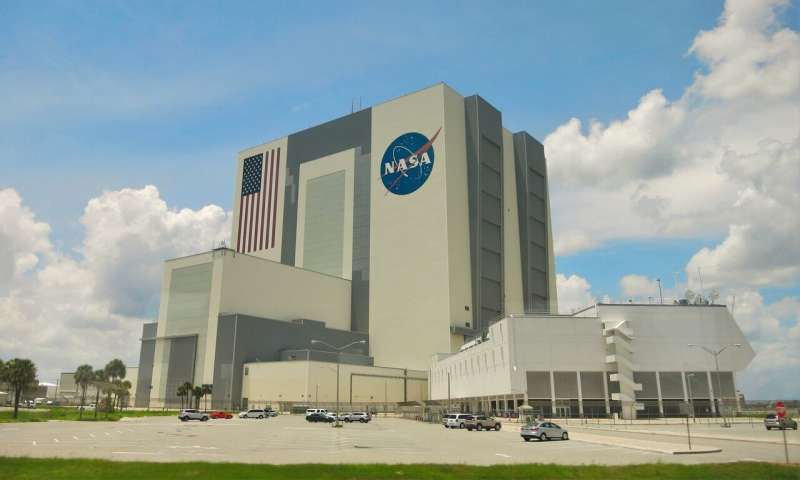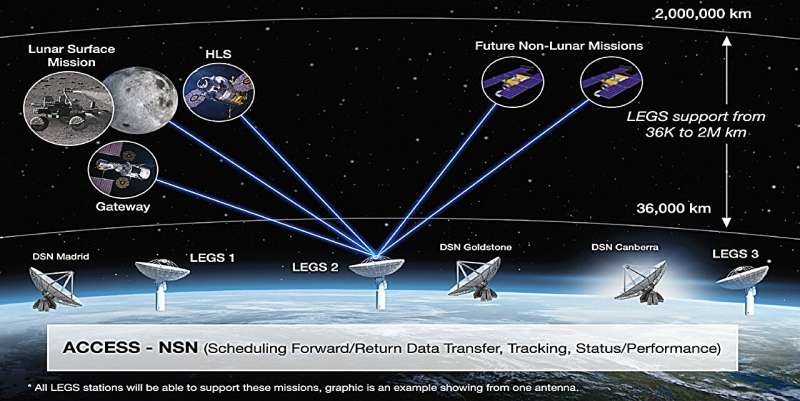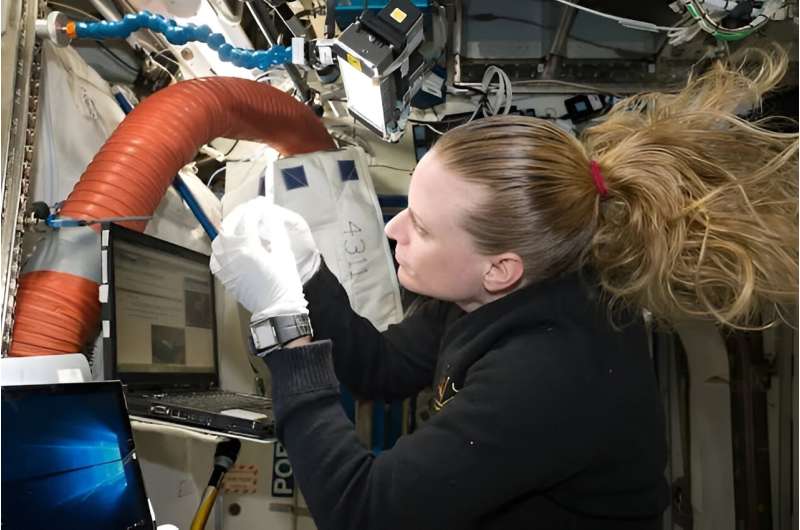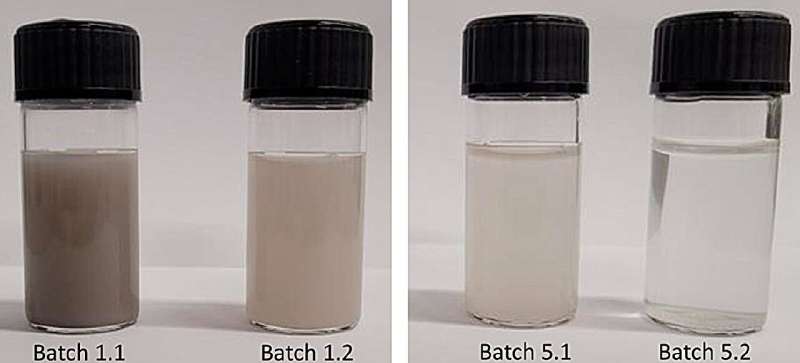Shenzhou XVIII Crew Conducts Emergency Drill on Tiangong Space Station
Tuesday, 23 July 2024 22:46 Astronauts aboard China's Tiangong space station, part of the Shenzhou XVIII mission, have completed numerous tasks, including an emergency response drill, as reported by China Central Television (CCTV).
According to the State broadcaster, following their second spacewalk on July 3, the mission's commander, Senior Colonel Ye Guangfu, along with crew members Lieutenant Colonel Li Guangsu an
Astronauts aboard China's Tiangong space station, part of the Shenzhou XVIII mission, have completed numerous tasks, including an emergency response drill, as reported by China Central Television (CCTV).
According to the State broadcaster, following their second spacewalk on July 3, the mission's commander, Senior Colonel Ye Guangfu, along with crew members Lieutenant Colonel Li Guangsu an Space-Based Production Enhances Monoclonal Antibody Crystallization
Tuesday, 23 July 2024 22:46 Monoclonal antibodies (mAbs) have become a critical component of cancer therapy, thanks to their precision in targeting tumor cells while preserving healthy cells. These biologics are known for their effectiveness and reduced side effects compared to traditional chemotherapy. Traditionally administered intravenously (IV) in clinical settings, mAbs require repeated treatments over time, which can
Monoclonal antibodies (mAbs) have become a critical component of cancer therapy, thanks to their precision in targeting tumor cells while preserving healthy cells. These biologics are known for their effectiveness and reduced side effects compared to traditional chemotherapy. Traditionally administered intravenously (IV) in clinical settings, mAbs require repeated treatments over time, which can Planet Secures Major Deal for SkySat Data with Allied Government Agency
Tuesday, 23 July 2024 22:46 Planet Labs PBC (NYSE: PL), a prominent provider of Earth observation data, announced a substantial contract extension with a US-allied international government agency to supply high-resolution satellite imagery from its SkySat fleet.
"Global customer demand for high resolution satellite data continues to grow, fueled by heightened security needs and increased climate disaster risk," said
Planet Labs PBC (NYSE: PL), a prominent provider of Earth observation data, announced a substantial contract extension with a US-allied international government agency to supply high-resolution satellite imagery from its SkySat fleet.
"Global customer demand for high resolution satellite data continues to grow, fueled by heightened security needs and increased climate disaster risk," said Orbital Insight wins NGA contract for maritime surveillance in Indo-Pacific region
Tuesday, 23 July 2024 20:24

Raytheon partners with Italy’s Avio to boost solid rocket motor production
Tuesday, 23 July 2024 19:02

NASA's massive moon booster arrives at Kennedy Space Center
Tuesday, 23 July 2024 18:32
It's still covered up in what looks like the world's largest PEZ dispenser, but the core stage booster for NASA's Space Launch System rocket for the Artemis II moon mission arrived by barge to Florida on Tuesday.
The 212-foot-long tank still sits hidden within NASA's Pegasus barge with its ridged, football-field-length silver dome protecting the Boeing-built hardware that cost more than $1 billion to manufacture. The barge is docked at KSC's Turn Basin after completing the 900-mile trip from NASA's Michoud Assembly Facility in New Orleans. Plans are to haul the stage over to the neighboring Vehicle Assembly Building on Wednesday.
It still has months of checkouts ahead while lying on its side before it will go vertical to be stacked alongside the two solid rocket boosters from Northrop Grumman that remain stored in segments at the nearby Rotation, Processing and Surge Facility. Stacking won't begin until at least September, said Artemis II Mission Manager Matthew Ramsey.
"It takes six to eight weeks to fully stack the booster segments, and the core stage will go after that," he said.
Lunar exploration ground sites will enhance the Near Space Network's communications services
Tuesday, 23 July 2024 16:44
NASA's LEGS can do more than help Earthlings move about the planet. Three Lunar Exploration Ground Sites, or LEGS, will enhance the Near Space Network's communications services and support of NASA's Artemis campaign.
NASA's Space Communications and Navigation (SCaN) program maintains the agency's two primary communications networks—the Deep Space Network and the Near Space Network, which enable satellites in space to send data back to Earth for investigation and discovery.
Using antennas around the globe, these networks capture signals from satellites, collecting data and enabling navigation engineers to track the mission. For the first Artemis mission, these networks worked in tandem to support the mission as it completed its 25-day journey around the moon.
Opinion: If we want to settle on other planets, we'll have to use genome editing to alter human DNA
Tuesday, 23 July 2024 15:28
When considering human settlements on the moon, Mars and further afield, much attention is given to the travel times, food and radiation risk. We'll undoubtedly face a harsh environment in deep space and some thinkers have been pointing to genome editing as a way to ensure that humans can tolerate the severe conditions as they venture further into the solar system.
In January, I was fortunate to attend a much-anticipated debate between astronomer royal Lord Martin Rees and Mars exploration advocate Dr. Robert Zubrin. The event at the British Interplanetary Society took on the topic of whether the exploration of Mars should be human or robotic.
In a recent book called The End of Astronauts, Lord Rees and co-author Donald Goldsmith outline the benefits of exploration of the solar system using robotic spacecraft and vehicles, without the expense and risk of sending humans along for the ride.
Moon dust could contaminate lunar explorers' water supply
Tuesday, 23 July 2024 14:27
Water purification is a big business on Earth. Companies offer everything from desalination to providing just the right pH level for drinking water. But on the moon, there won't be a similar technical infrastructure to support the astronauts attempting to make a permanent base there. And there's one particular material that will make water purification even harder—moon dust.
We've reported plenty of times about the health problems caused by the lunar regolith, so it seems apparent that you don't want to drink it. Even more so, the abrasive dust can cause issues with seals, such as those used in electrolyzers to create rocket fuel out of in-situ water resources. It can even adversely affect water purification equipment itself.
Unfortunately, this contamination is inevitable. Lunar dust is far too adhesive and electrostatically charged to be kept completely separate from the machinery that would recycle or purify the water.
Expiring medications could pose challenge on long space missions
Tuesday, 23 July 2024 08:00
Medications used by astronauts on the International Space Station might not be good enough for a three-year journey to Mars. A new study led by Duke Health shows that over half of the medicines stocked in space—staples such as pain relievers, antibiotics, allergy medicines, and sleep aids—would expire before astronauts could return to Earth.
Astronauts could end up relying on ineffective or even harmful drugs, according to the study appearing July 23 in npj Microgravity.
"It doesn't necessarily mean the medicines won't work, but in the same way you shouldn't take expired medications you have lying around at home, space exploration agencies will need to plan on expired medications being less effective," said senior study author Daniel Buckland, M.D., Ph.D., an assistant professor of emergency medicine at Duke University School of Medicine and an aerospace medicine researcher.
Expired medications can lose their strength by a little—or a lot. The actual stability and potency of medications in space compared to Earth remain largely unknown. The harsh space environment, including radiation, could reduce the effectiveness of medications.
Buckland and co-author Thomas E.








